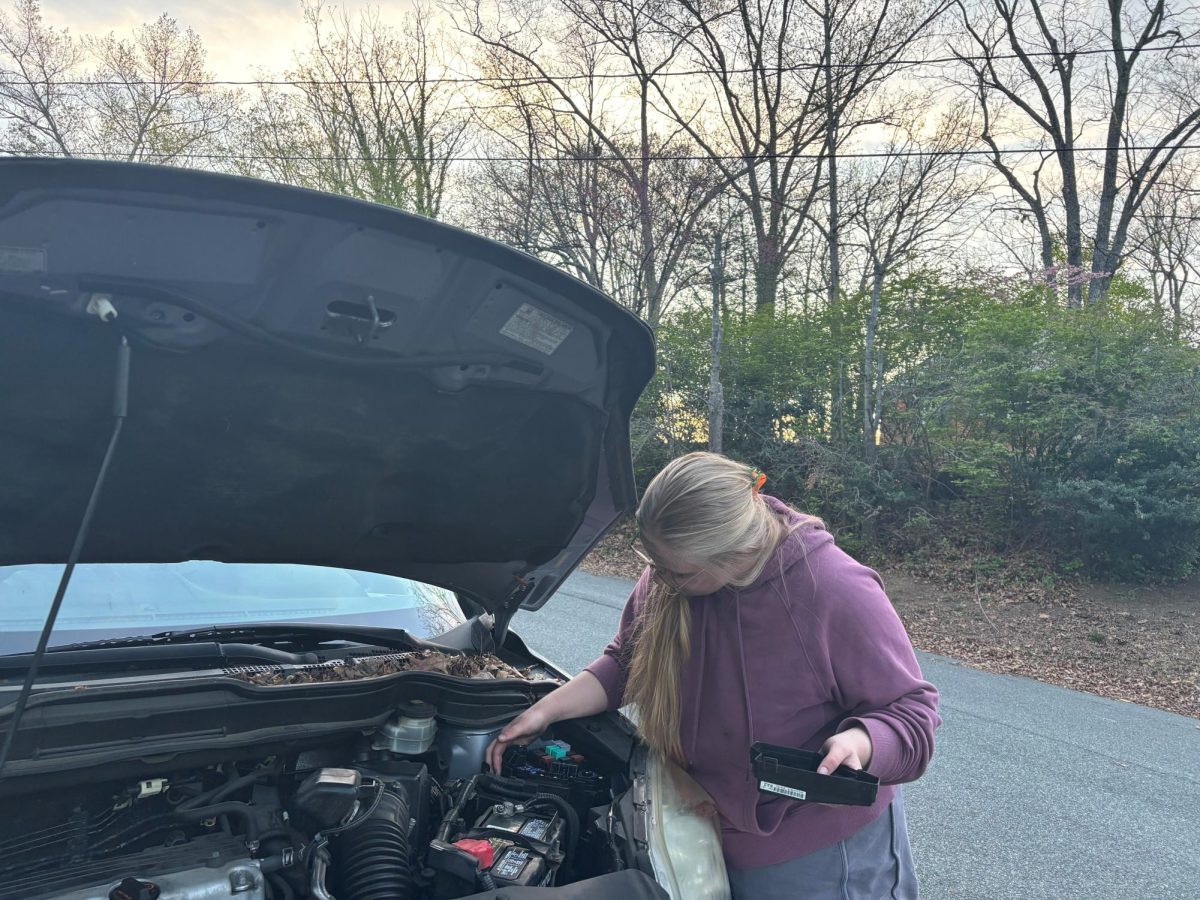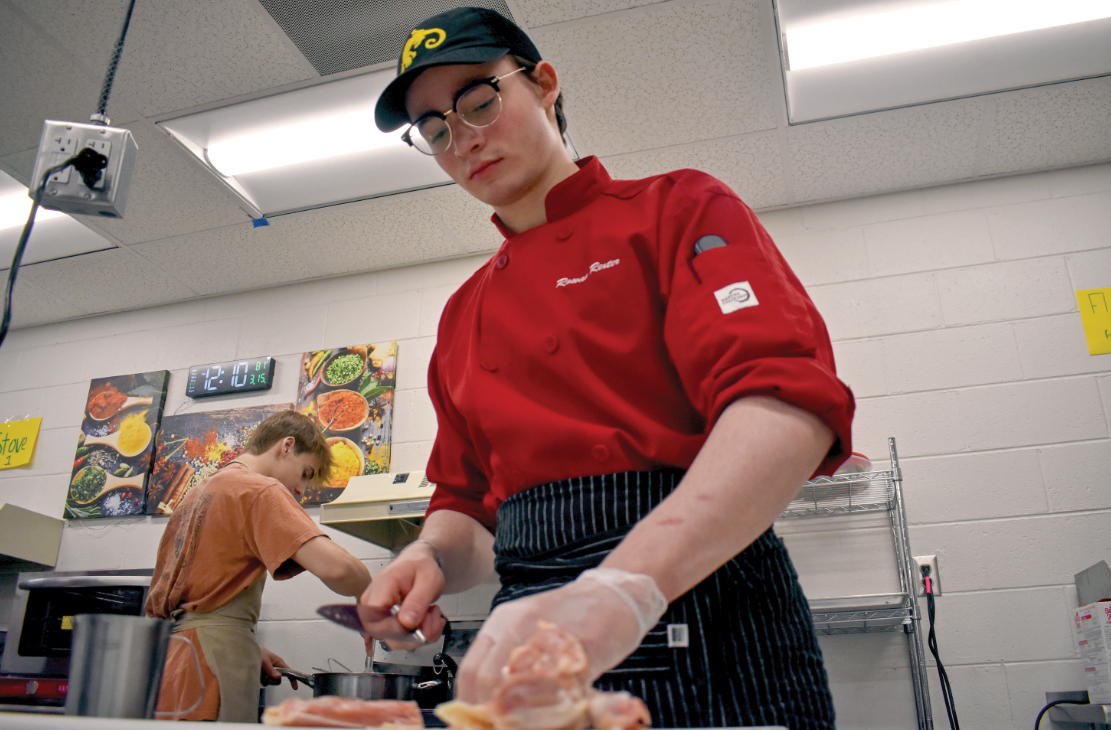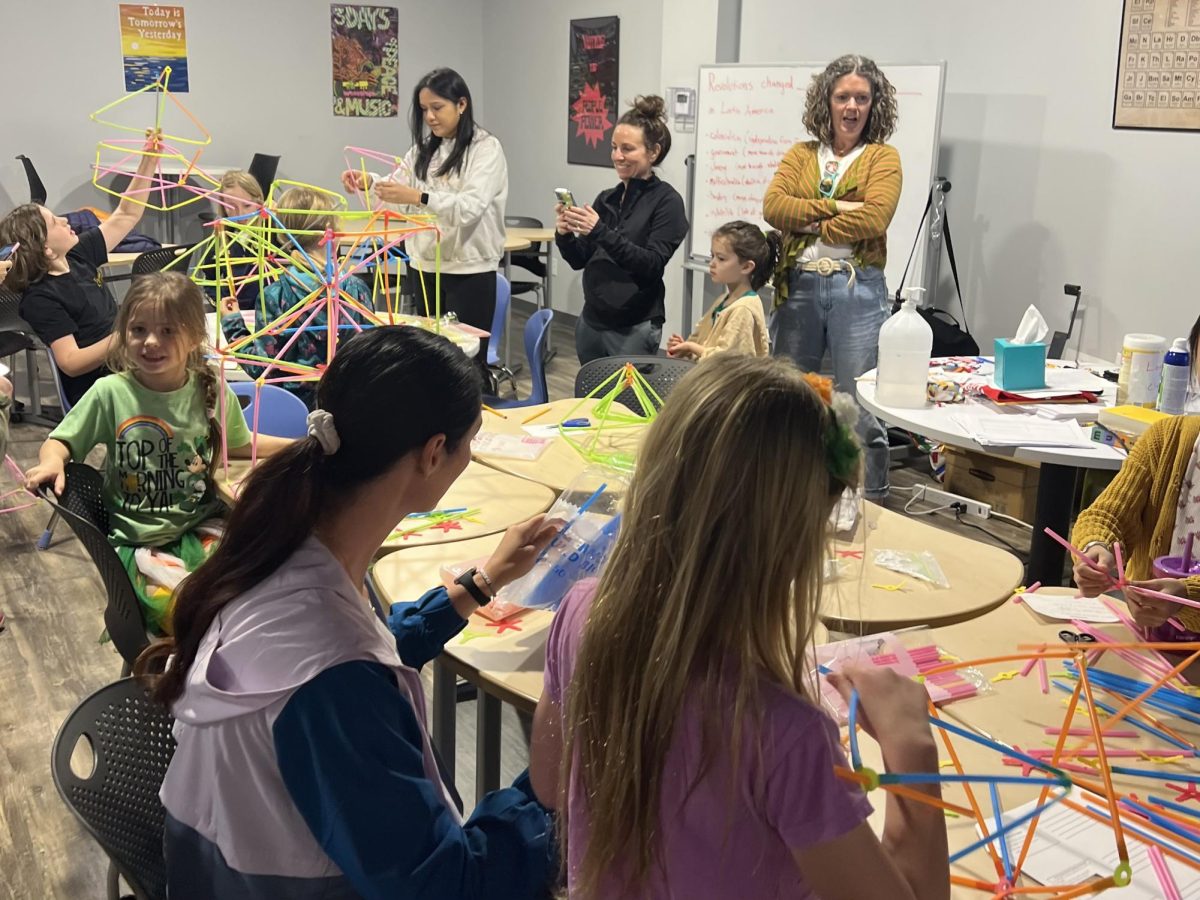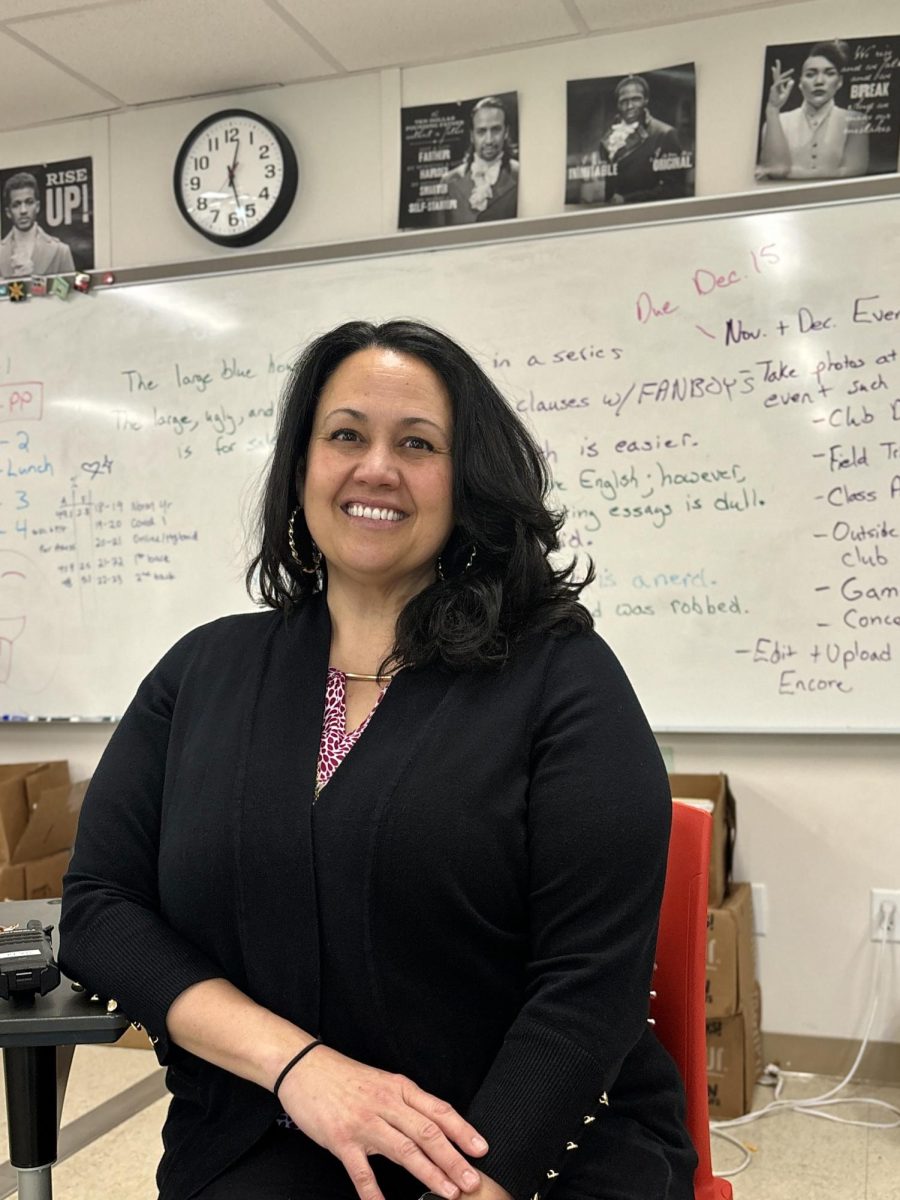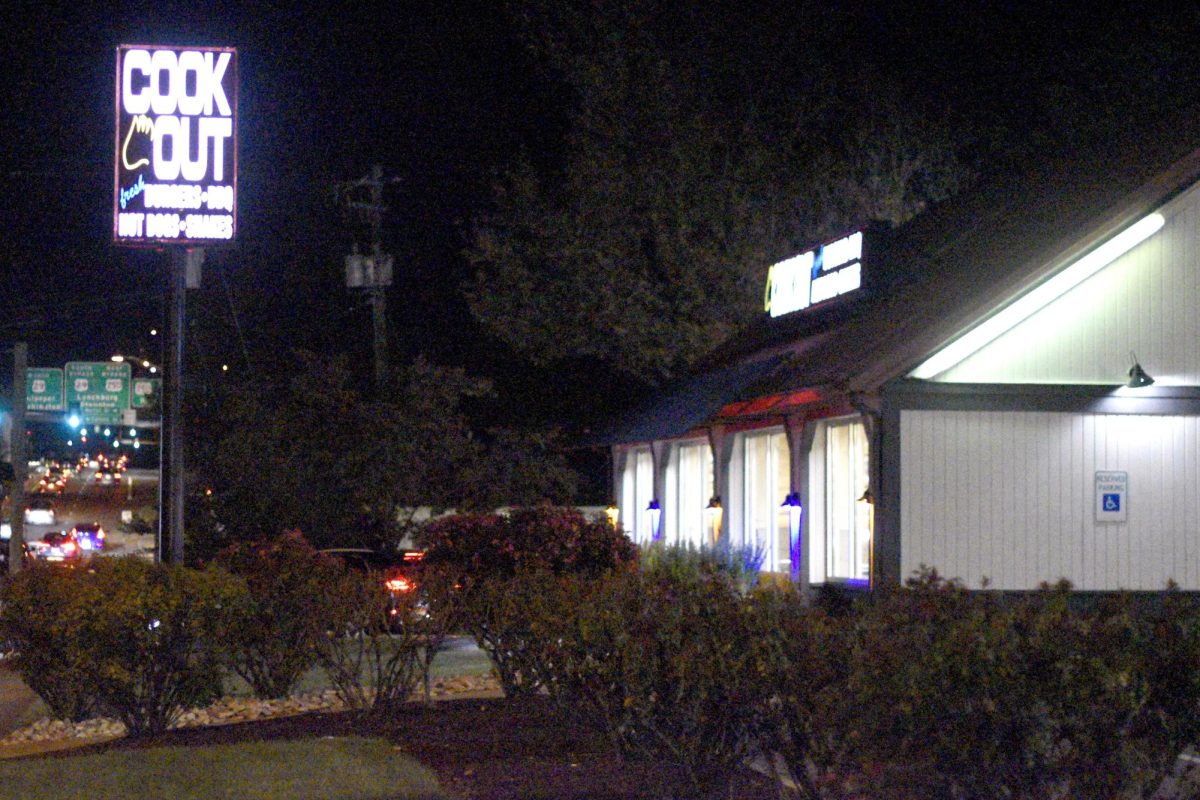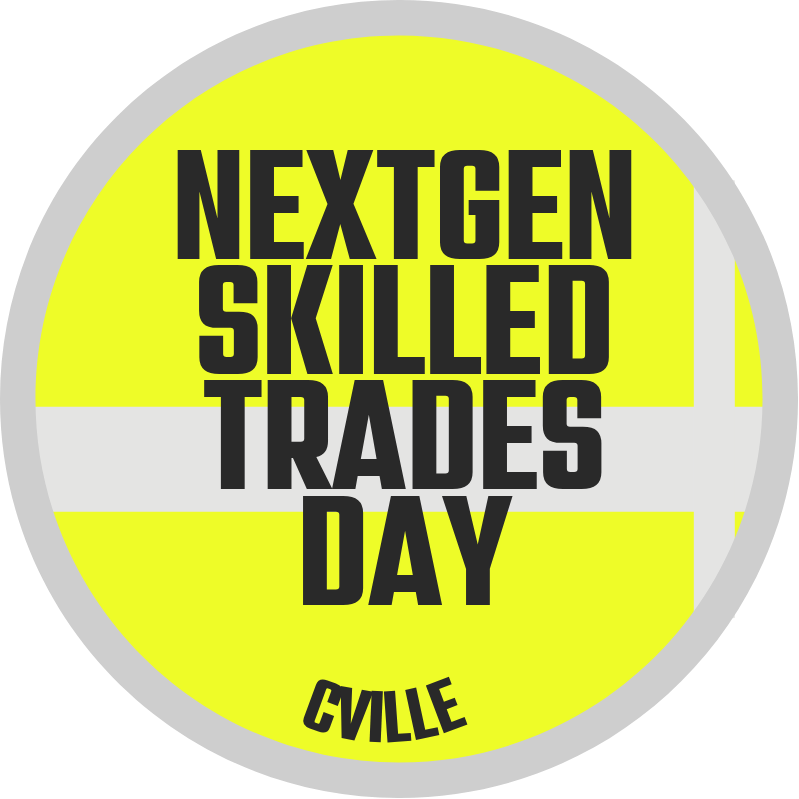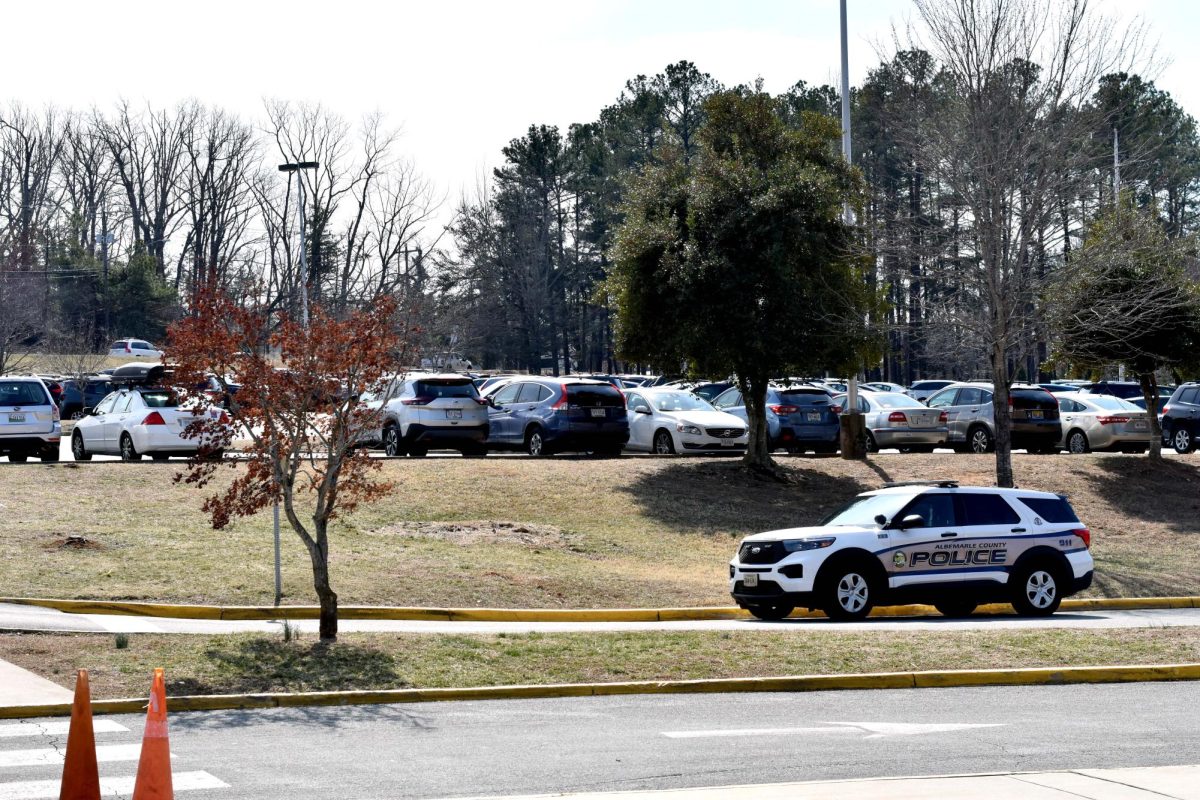As she stands up beside the engine block of her sister’s car, Junior Mackenzie Dessert flicks her long blonde ponytail out of the way. The turn signal won’t turn off, so she examines the fuse box.
Dessert’s journey into car restoration started with changing the brake pads on a Saturn Vue at age five. Her parents were young college students who bought the fixer-upper from Facebook Marketplace.
“The internet went out, and we got it [Saturn Vue] all apart, and we had to figure out how to put it back together without our phones,” Dessert said. “It was kind of when we were putting it back together, and we had to figure out how to do it ourselves, it was like Legos, and that was definitely a fun moment.”
That fun moment sparked an interest in car repair for Dessert.
“I learned everything from my mom and YouTube,” she said. “It was a very women-centric thing.”
Dessert’s repairs and restorations of cars have helped her gain confidence and push back against gender stereotypes.
“Usually, my mom and I take one of our fun cars and take it to car shows. People are like, ‘Oh, is that your dad’s car? Oh, is that your brother’s car? Is that your uncle’s car?’ No, it’s my car. I did it,” Dessert said.
Currently, Dessert works with her stepfather, Tom Fitzgerald, who’s also into car restoration and joined the family in 2015. Out of the six children in her family, she’s the only one who works on cars.
“She and I don’t have a lot in common, generally speaking,” Fitzgerald wrote via email. “But our shared interests in things with internal combustion engines provide some fertile ground to bond and discuss things that frankly, not as many kids today as in my day, have.”
In their home garage/shop, they’ve worked together to restore any car that comes into their hands. From Land Rovers to Japanese brands to her own car, a 2008 Volkswagen Beetle.
To begin the car restoration process, Dessert’s very first move is to find the least expensive problem, such as the battery. If the car doesn’t turn on, she pokes things with a battery tester to see if there’s an electrical current. If the battery’s up and running, she moves on to the next potential problem, such as the fuse. “It’s like, if somebody has chest pain, you start at the heart,” she said. “Then you move out to see, what could it be?”
After determining the problem, Dessert can now go and find the specific parts the car needs. If the car is a Volkswagen, she can use some BMW parts to replace parts because they’re both German cars. The same goes for Toyota and Honda, which are both Japanese cars.
There have been very few times where Dessert has encountered trouble she hasn’t seen before—except in one case. “There was a popsicle stick through the entire air compressor, and that air compressor was made out of metal. So how did a wooden popsicle stick get through a chunk of metal? That was the most uncommon problem I’ve seen. I don’t think I’m ever going to see it again.”
The majority of cases involve quick fixes. “Most of our projects don’t take longer than probably two or three months,” she said.
However, sometimes, restoration takes a bit longer. “One of the longest projects we have completed took four years, and that was two Mustangs, the ‘62 and the ‘63,” she said. The two cars were owned by a single client. “At first, I’m pretty sure he thought we were a scam because we took so long, but now we’re life-long friends.”
However, there’s one project that’s taken them even longer than the Mustangs. A 1982 Land Rover has been by their family’s side for the past 19 years. The parts are simply too rare to replace easily. “It’s been 40 years, so no one has what it takes to fix it. So we have to build the parts ourselves.”
Tinkering on her car has also led to a better understanding of driving.
“Her mom and I always preached that for the privilege to drive, they would need to understand the basics of how the machine they were operating worked,” Fitzgerald wrote. “Both for safety, and just understanding how to take care of it, and recognizing when things might not be working properly.”
Fitzgerald has also stated that one of the most important things Dessert could learn was the practical side of physics. Things like knowing the energy transfer from the combustion of fuel and air in tires and the chemical processes of lithium batteries are all things she picked up from car restoration.
Besides practical skills, car restoration has given Dessert an emotional outlet. “It’s the one thing that grounds me and calms me down,” she said. “Like, I’m mad at my brother. Let me go work on the Beetle. Let me work on the Defender.”
Watching the vehicles come back to life and seeing them on the road gives Dessert great satisfaction. “It’s very rewarding, especially because we work with a lot of people in Charlottesville,” she stated. “We get to see those cars that we fixed on the road sometimes.”
When she had cool cars like a Corvette, she often took them to elementary schools and charity events for people to look at. “I just rev an engine and then leave, and they get so excited about it,” she said. “Seeing the effect that my car can have on other people, or when they take pictures of my car, it makes me so happy.”
Looking towards the future, Dessert knows that working on cars will always be part of it. “I don’t know if it’s going to be my job,” she confessed. “I do see myself doing it, like as a hobby. That’s how my stepdad does it.” Fitzgerald also hoped that he would continue to stay involved in her life and share his knowledge and experience.
Perhaps it might not be the main focus of her life in the future, but that doesn’t mean it’ll ever go away. Dessert is still very active in the car community and takes trips up to Richmond to participate in Cars and Coffee, which goes exactly as the name suggests.
“The car community is one of the most welcoming communities I’ve found,” she said. “Even if you don’t know anything about cars, you will come out of a car meet knowing more than you did before.”

